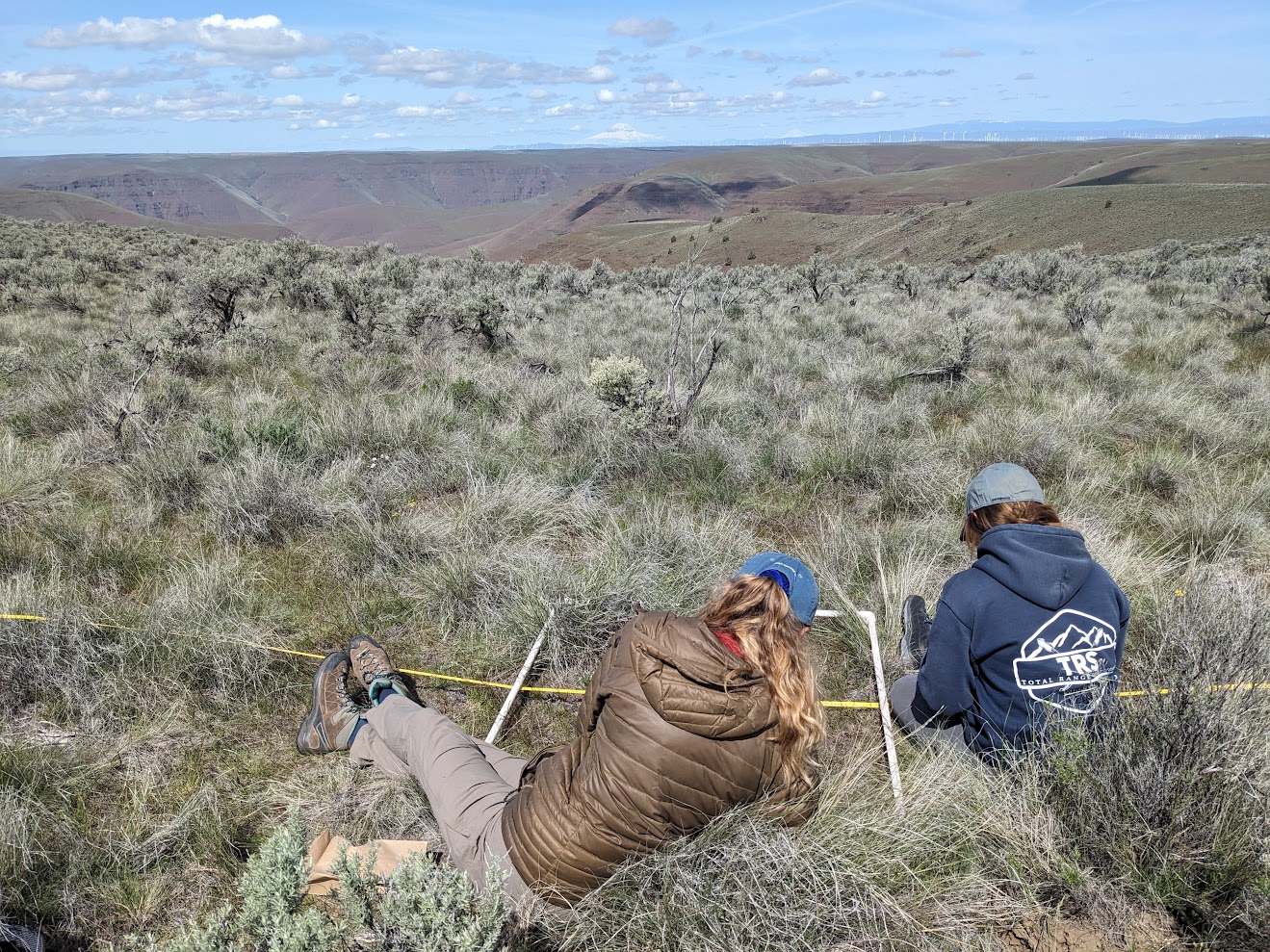Rows: 69
Columns: 13
$ Date <chr> "4/2/2024", "4/6/2024", "4/8/2024", "4/9/2024", "4/10/2024",…
$ PlotID <chr> "24-672-020", "24-672-079", "24-672-011", "24-672-089", "24-…
$ PVT <int> 672, 672, 672, 672, 672, 672, 674, 672, 672, 672, 669, 672, …
$ Aspect <chr> "S", "SW", "NE", "N", "NW", "NE", "SE", "SE", "N", "N", "W",…
$ Elev <int> 1063, 1176, 1890, 2503, 2286, 2370, 1288, 1542, 1422, 1394, …
$ BeginLat <dbl> 45.50515, 45.47389, 45.43403, 45.30245, 45.35830, 45.33468, …
$ BeginLong <dbl> -120.4193, -120.4584, -120.4673, -120.6339, -120.4626, -120.…
$ MidLat <dbl> 45.50513, 45.47359, 45.43448, 45.30209, 45.35857, 45.33509, …
$ MidLong <dbl> -120.4196, -120.4584, -120.4675, -120.6336, -120.4621, -120.…
$ EndLat <dbl> 45.50496, 45.47328, 45.43493, 45.30174, 45.35889, 45.33546, …
$ EndLong <dbl> -120.4203, -120.4579, -120.4675, -120.6332, -120.4615, -120.…
$ Moved <int> 0, 0, 0, 0, 0, 1, 0, 0, 1, 0, 0, 0, 0, 0, 1, 0, 0, 0, 0, 0, …
$ season <chr> "SP", "SP", "SP", "SP", "SP", "SP", "SP", "SP", "SP", "SP", …
